I was born
in Bethnal Green on 7th.
October, 1943 in the
front bedroom of 11
Royston Street. I was
supposed to be born in
the country, but
circumstances came to
pass that did not allow
this to happen. As a
result, I was born a cockney,
and despite all efforts
to educate and change me,
I remain one. Being from
Bethnal Green and being a cockney may not
seem like much to those
born elsewhere. However,
ask an Irishman why he is
proud of where he is born
or someone from Brooklyn
or The Bronx the same
question. They will most
likely get a faraway look
in their eye and drift
off to some magic place
in their imagination and
utter something or other
that you are not likely
to understand or, if you
did, would not agree
with. It is the same with
the East End of London.
Those born there are
proud of this
accomplishment despite
having nothing to do with
it. And I for one am
doubly proud to come from
Bethnal Green.
I
am told that the name
Bethnal Green comes from
the earliest name for the
area, which is Blythenhale
or Blithehale. The
name means happy,
blithe (Blyth, Blithe) and angle, nook or corner. The area was marshland
and forest (Bishopswood) until the 16th. Century.
It is thought that the
first clearing was made
next to St.
Winifred’s well at
the northern end of the Green. With the passage of time,
the name became Bethen
Hall Green, which
then became Beth'n
'all Green, and then
in the 19th Century, it became Bethnal
Green. The Green is
the area now occupied by
Bethnal Green Library.
The people
of Bethnal Green have
always had a reputation
for going their own
way and standing
up for their rights.
The first recorded
examples of this appeared
in 1292 when the citizens
defended their
traditional right to hunt
within the woods of the
Bishop in Stepney and in 1561 when they
reaffirmed their
right to shoot with bows
in the common fields of
Stepney and Bethnal Green.
Bethnal
Green is associated with
a Tudor ballad, The
beggar’s daughter of
Bednall Greene. This
is a long poem that tells
the story of Henry, son
and heir of Simon de
Montfort who was blinded
in the Battle of Eversham
in 1265. Apparently, he
escaped the king by
dressing as a beggar. He
survived by begging and
obviously saved his
money. Later he attended
his daughter’s
wedding and gave a huge
dowry to her betrothed.
His true identity was
revealed at the wedding.
The ballad enjoyed great
success and it can be
found here (Copyright
© www.barryoneoff.co.uk) for those wishing to read
it. The blind beggar is
seen on the Common Seal
of the borough of Bethnal
Green and the Blind
Beggar pub on
Whitechapel Road, just
across the border with
Stepney, is said to be
the site of his begging.
In the
late 17th. century, the
owners of the houses
surrounding the Green purchased the land so as
to avoid others building
on it. A trust was set up
to maintain the area and
rent from its use was
used to help the poor.
One of the main houses on
the Green was
Bethnal House, which was
later leased and became
an asylum. This area now
houses the Bethnal Green
Library and the park area
before it is referred to
as the Barmy Park by
older residents.
The
citizens of Bethnal Green
have always enjoyed gaming and between 1590 and 1780
bowling was very
popular. However,
their other gaming
activities included more rougher
persuits and
including whipping
a cock on Shrove
Tuesday in 1656,
dog-fighting, hunting
ducks, for which the
weavers bred a special
small spaniel called a splasher and chasing
bullocks.
Apparently a subscription
was raised to pay drovers
on their way to
Smithfield Market for a
bullock, which was
maddened with prods
and peas in its ears and driven through the
most populated part of
the parish. In 1816
the rector of the church
saved two bullocks, which
had taken refuge in the
churchyard, but a certain
Joseph Merceron, as
magistrate, refused to
stop the practice and
declared that in his
youth, he was first in
the chase. The
chief amusements in 1861
were said to be
dogfights, rat matches,
and drawing the
badger, although few
badgers could be found in
the parish. Dog-
and cockfighting in 1896
seems to have been a
popular feature of the
bird fair.
Bethnal
Green has always been
associated with a large
immigrant population. The
Huguenots settled into
the area from
Spitalfields from about
1800 and moved into Globe
Town, which is the
area east of the Green and would have included
where I was born. They
were refugees from France
having come to England
earlier to escape
religious persecution.
They were weavers and
operated some 20,000
looms in their own homes
by 1831. The decline in
the silk trade occurred
with the relaxation on
French imports and many
turned to boot, furniture
and clothing production.
The Huguenots did not
construct buildings or
roads and so there are
few reminders of their
presence were it not for Weaver’s
Field, a large green
space to the west of
Bethnal Green Road.
In 1836
Bethnal Green village
consisted of about 289
houses, a public house, a
brewery and a factory on
the east side of
Cambridge Heath Road and
401 houses and seven
public houses on the west
side. Obviously the
population enjoyed a
drink. By 1861 there were
some Irish and
foreign-born people in
Bethnal Green and they
represented 0.7% of the
population at the time.
This rose to 6.1% by
1911. Most were poor Jews
from Germany, Poland and
Russia. They spread into
Bethnal Green from
Spitalfields and
Whitechapel and tended to
concentrate in one area
and so gave the
impression of being
present in greater
numbers than they
actually were. By 1899,
Jews formed 95% of the
population of Brick Lane,
but less than 5% of the
total population of
Bethnal Green. Lew Grade
and Bernard Delfont came
from Russia in 1912 and
settled in the northern
part of Brick Lane.
Yiddish was the language
of this area.
At the
start of the 20th.
Century, Bethnal
Green was one of the
poorest slums in London. The
infamous Jack the Ripper
walked and terrorized the
streets of the western
end of the area and in
neighbouring Whitechapel. As Bethnal
Green grew, overcrowding
became common. In 1901,
there were 170 people to
an acre. Since people
were poor, they could not
afford larger homes and,
as they needed to be
close to their work,
overcrowding became
increasingly common in
the area. As a result of
the subsequent things
that follow overcrowding,
the average death rate
increased. However, when
new homes were built,
they often used billy
sweet, a mortar
including street dirt
which never dried out.
These homes were often
below street level with
little street distance
between them. Many houses
were soon condemned. In
1891, one surveyed area
of 730 houses revealed 43
empty houses with 5,719
living there with almost
half living in one-roomed
dwellings. At this time,
most people worked as
labourers, hawkers,
furniture makers,
shoemakers, washerwomen,
sawyers and
costermongers. There were
many criminals in the
area. It was said that of
the people housed in one
particular street, 64
people had been in
prison. Some areas were
notorious for the number
of rival gangs living
there.
By 1948,
the Jewish population was
decreasing due to their
movement into other areas
of London. In 1954, just
prior to the influx of
the next wave of
immigrants, there was
little political or
criminal violence in
Bethnal Green. Between
1931 and 1955 nearly
40,000 residents of
Bethnal Green were
relocated into London
County Council homes in
Essex and later into
Buckinghamshire. This
caused a breakup of the
social order and a
contraction of privately
rented housing. These
conditions contributed to
outrageous rents and the
development of the slum
lord along with an
increase in criminal
behavior. The Kray Twins
came to prominence at
this time and held sway
in the area for a while.
The East
End continues to be a
haven for immigrants. The
mid to late 1950s saw the
next wave of immigrants
arrive. This time they
came from the
Commonwealth. Their
numbers have risen
dramatically over the
last fifty years. In
2001, the census revealed
the population of Bethnal
Green to be 17,590 with
the largest ethnic group
being of Bangladeshi
descent and making up
41.4% of the population.
White British constituted
37.2% of the area’s
population at this time.
Followers of Islam were
now at 50.1% and
Christians at 33.8%.
Bethnal
Green suffered greatly
during World War II. An
estimated 80 tons of
bombs were dropped on
Bethnal Green damaging
over 21,000 houses: of
these 2,233 were
destroyed and 893 were
rendered uninhabitable. A
total of 555 people were
killed and another 400
seriously injured. When
King George VI and Queen
Elizabeth were urged to
leave London during the
bombing of London they
refused, with the Queen
saying that they would
never be able to look the
people of the East End in
the face again if they
were to leave. Many
unexploded bombs were
found in the area, the
last of which was
uncovered in May 2007.
However the worst wartime
disaster did not occur at
the hands of the Axis
powers, but as a result
of the sound of an
anti-aircraft battery
coming from Victoria
Park. At that time,
Bethnal Green Tube
Station was used as an
air raid shelter. On 3rd.
March, 1943 at 8.27 P.M.,
the streets were wet from
rain. Apparently, a woman
slipped while descending
to the tracks, causing a
number of people to fall.
This resulted in the
death of 173 people. The
results of the official
investigation were not
made known until 1946.
This was the worse
civilian disaster of the
war and is commemorated
by a plaque at the
entrance to the tube
station. |
Over the
years, poor old Bethnal
Green has never enjoyed a
good reputation. Although
it provided a sanctuary
to those seeking freedom
from religious
persecution and those
seeking a better life for
their families and
themselves, it has also
provided a haven for
criminals and political
unrest. Today, police and
ambulance sirens can be
heard blaring out as they
rush around the area with
monotonous regularity.
Despite this, life goes
on. People meet, they get
married, they have
children, their children
go to school, they grow
up and the circle
continues. The markets
still flourish on Bethnal
Green Road, as well as on
Roman Road. The flower
market is still open for
business on Sunday
morning. The trolleybuses
are gone and the bus
numbers and routes may
have changed, but the
buses still run and one
can still get around the
city by bus. Sadly, all
of the cinemas are gone
and many of the pubs have
become theme pubs
or else have become
restaurants, however the
museum and the parks are
still open and are free
to the public. The Club
Row Dog Market may
have been closed down by
the R.S.P.C.A., but the
Brick Lane market still
exists. Although a few
pie ‘n’ mash
shops are still open and
the fish ‘n’
chip shops are still frying
tonight, although
under different
management, the old
smells of salt beef,
pickled herring and
freshly baked bagels from
the one-time busy
restaurants and shops are
now be a thing of the
past. However, they have
been replaced by the
delicious and exotic
scents of Eastern herbs
and mixes, which also
cause the mouth to water.
And so, as the French
say, it would seem that the
more things change, the
more things stay the same.
What better way to
describe the life of
Bethnal Green?
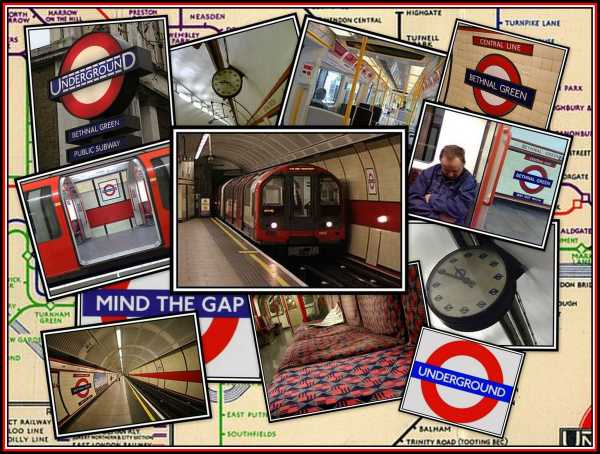
References:
http://www.british-history.ac.uk/place.aspx?gid=66®ion=1
http://www.barryoneoff.co.uk/html/ballad.html
http://en.wikipedia.org/wiki/Bethnal_Green
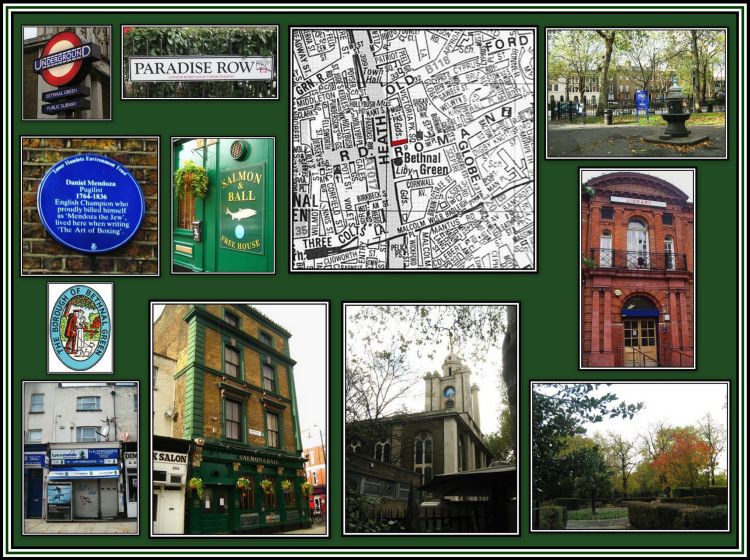 |
| Around Bethnal Green |
Top Row, from left to right: Underground Station, Street sign, Area map & Museum Gardens
Middle Row, from left to right: Mendoza plaque, Salmon & Ball Sign & Library
Bottom Row, from left to right: Tobacconist, Public House, St. John's Church & Bethnal Green Gardens |
| |
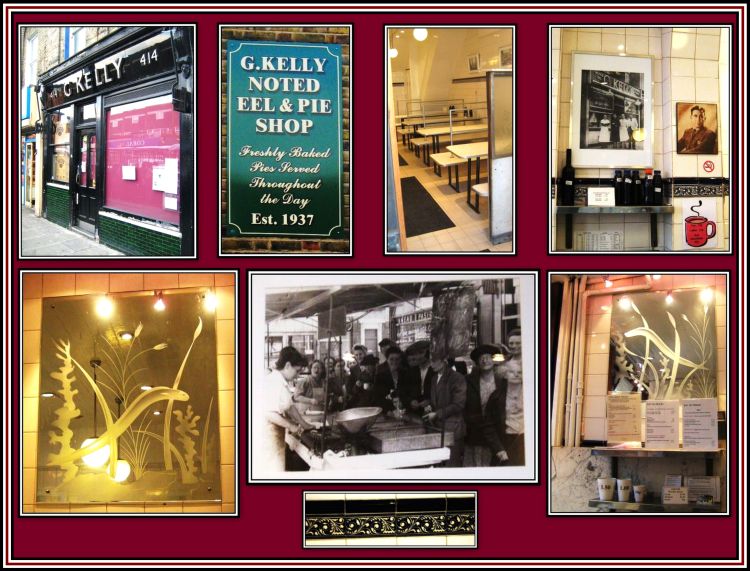 |
Kelly's Eel & Pie Shop, Roman Road |
| |
 |
 |
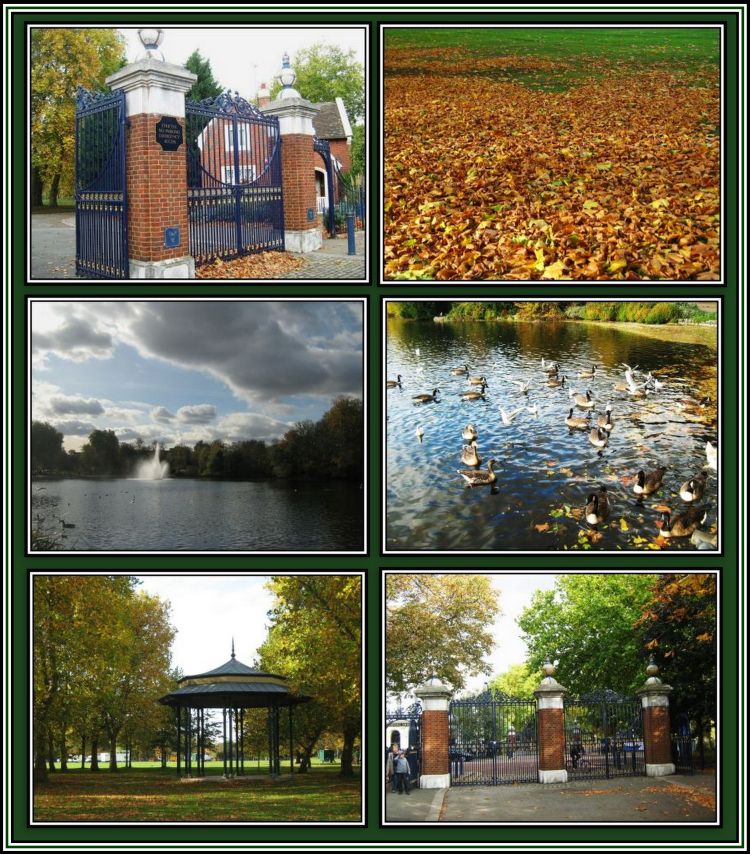 |
| |
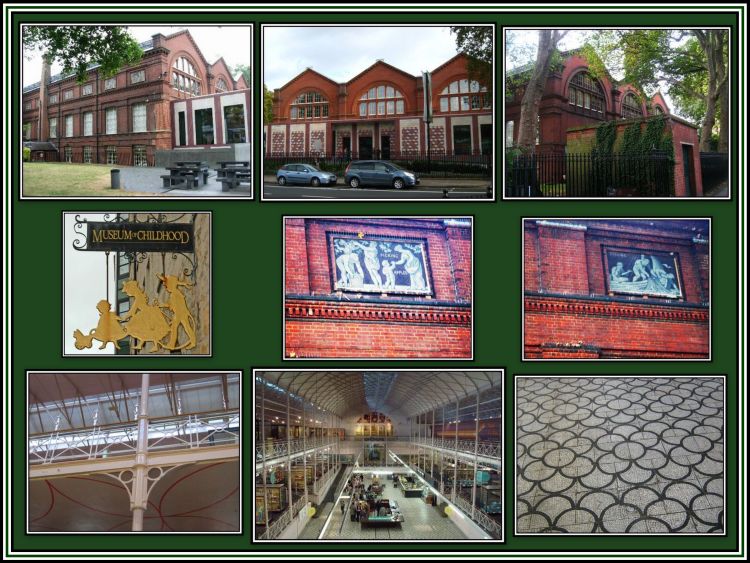 |
 |
| |
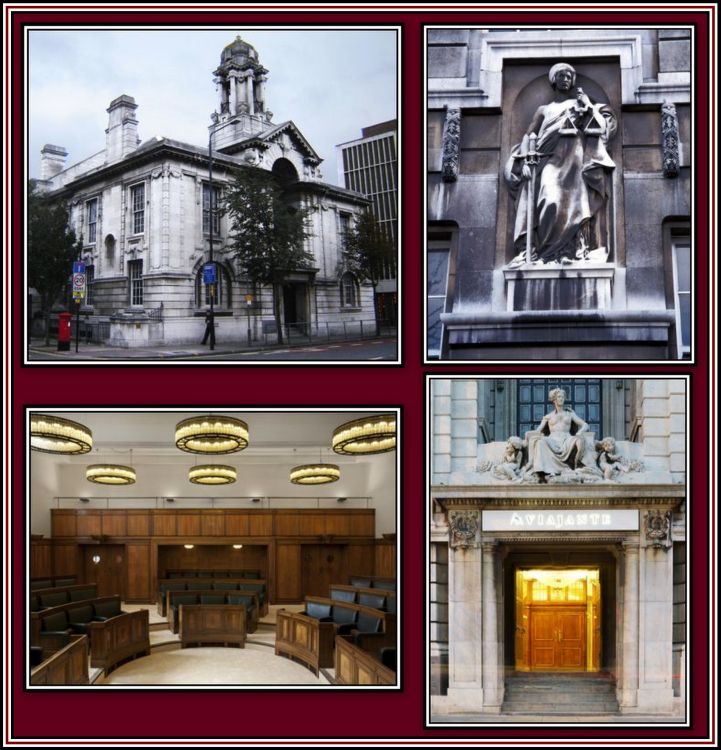 |
Town Hall Bethnal Green - now closed and to be converted into luxury flats |
| |
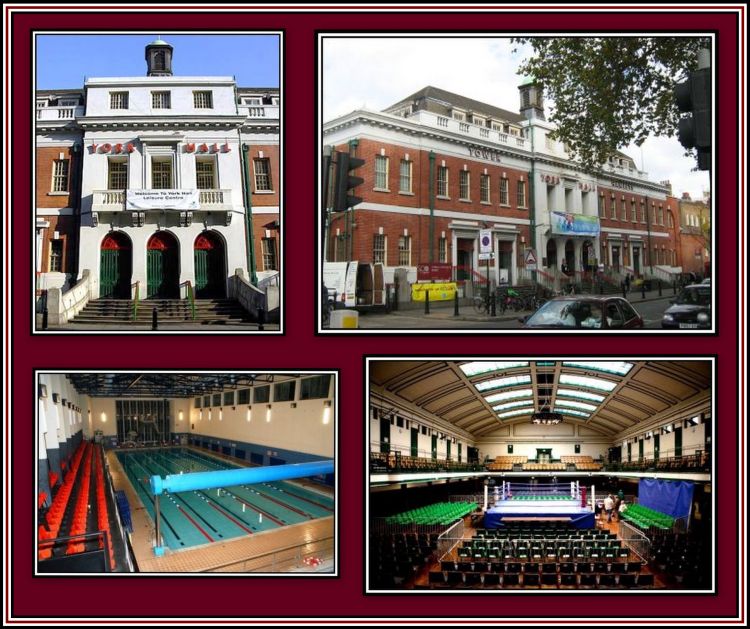 |
| |
 |
| |
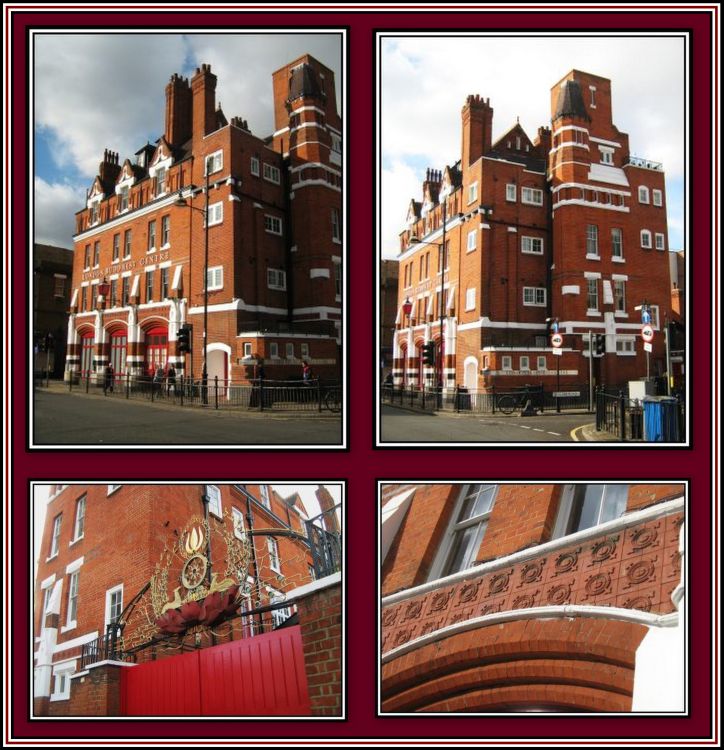 |
The London Buddhist Centre, former fire station |
| |
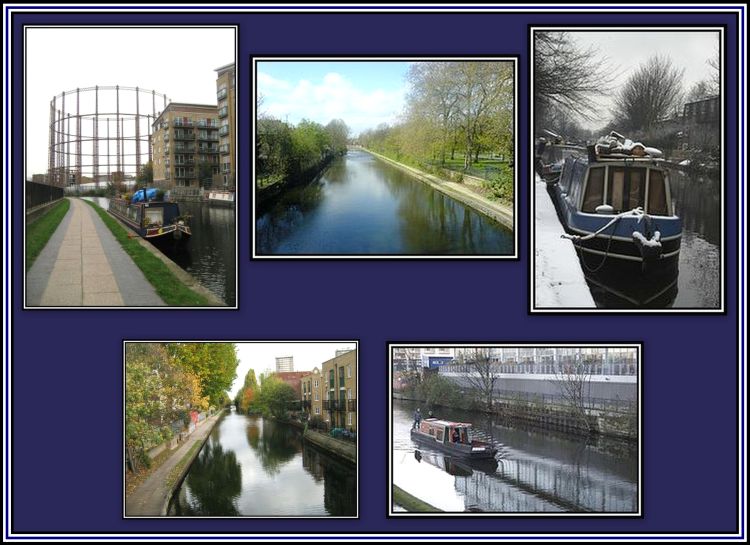
|
Regent Canal |
| |
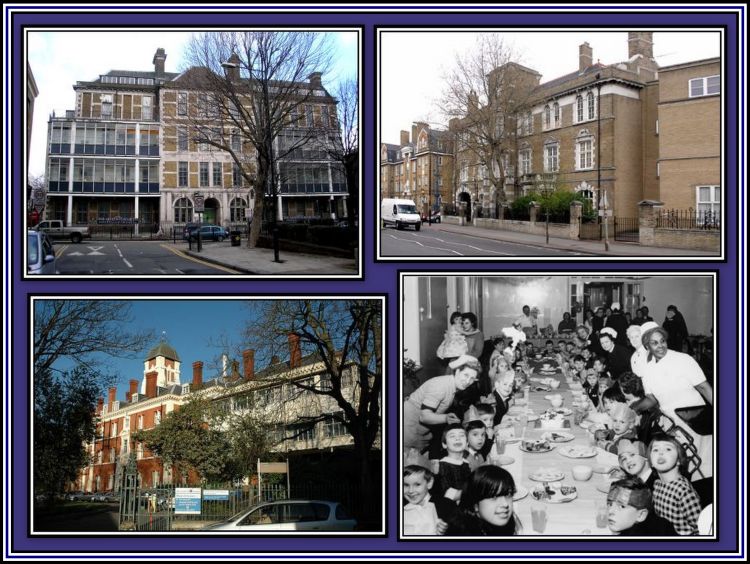 |
Bethnal Green Hospitals
Top: left, Children's Hospital, Hackney Road; right, Bethnal Green Hospital
Bottom: The London Chest Hosptial |
| |
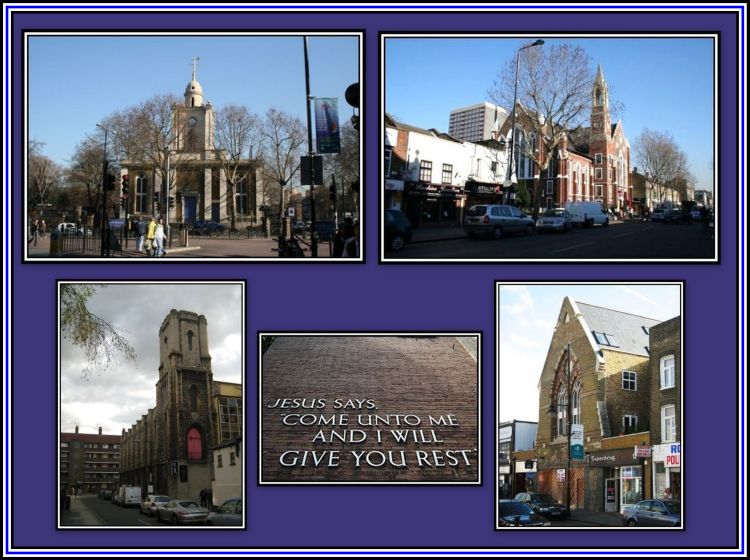 |
Bethnal Green Churches
Top: left, St. John's; right, The Red Church (St. James')
Bottom: left, St. Peter's; middle, Bethnal Green Mission; right, ruined church on the Roman Road |
| |
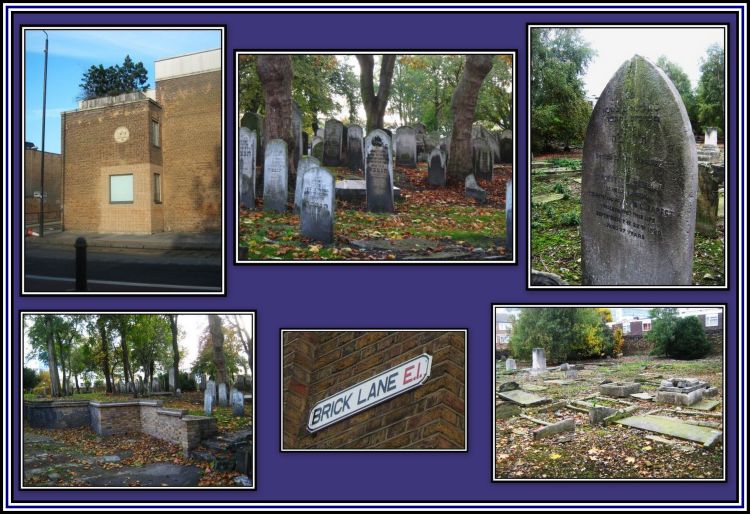 |
| Jewish Bethnal Green |
| |
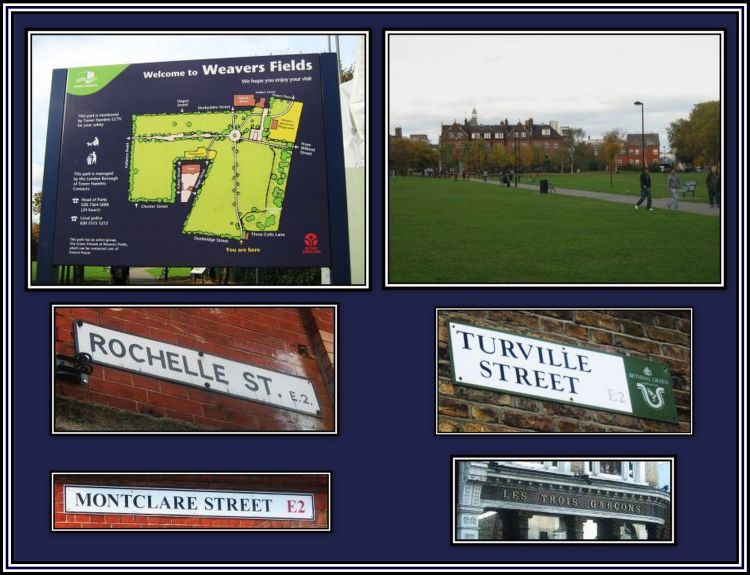 |
| French Bethnal Green |
| |
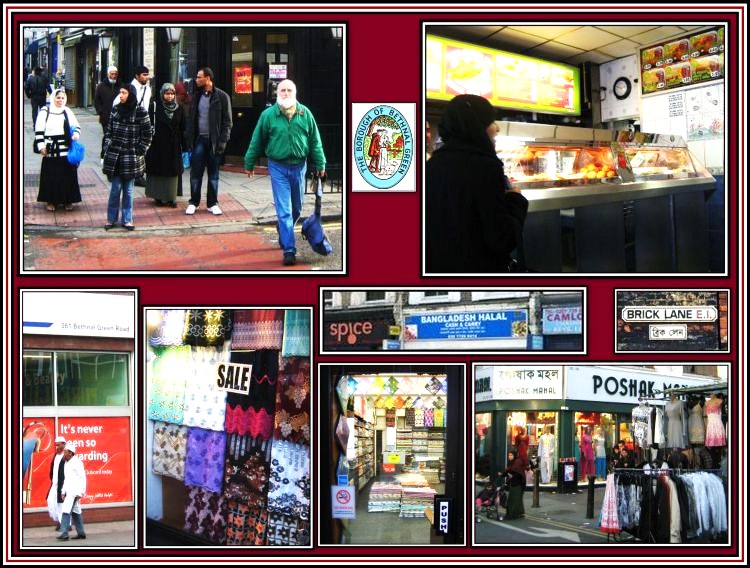 |
| Bangladeshi Bethnal Green |
| |
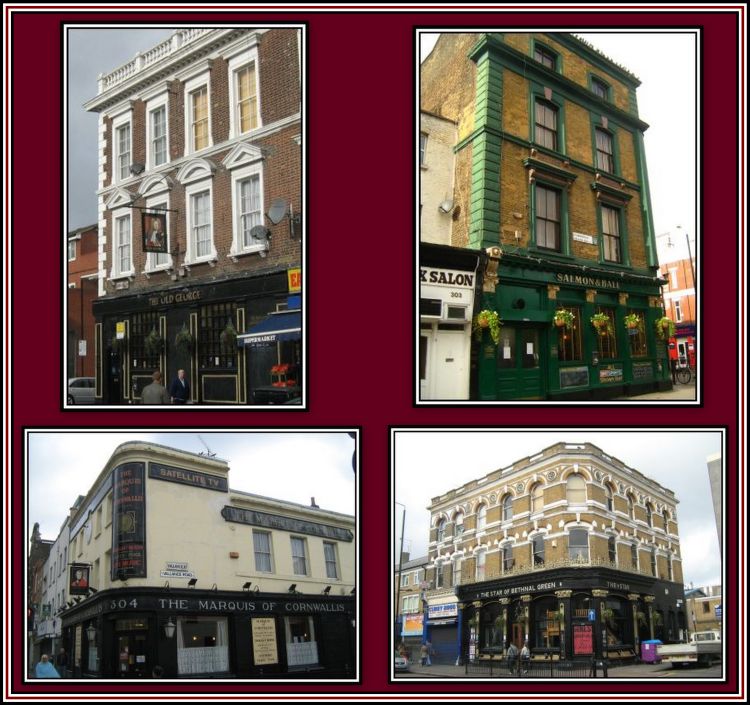 |
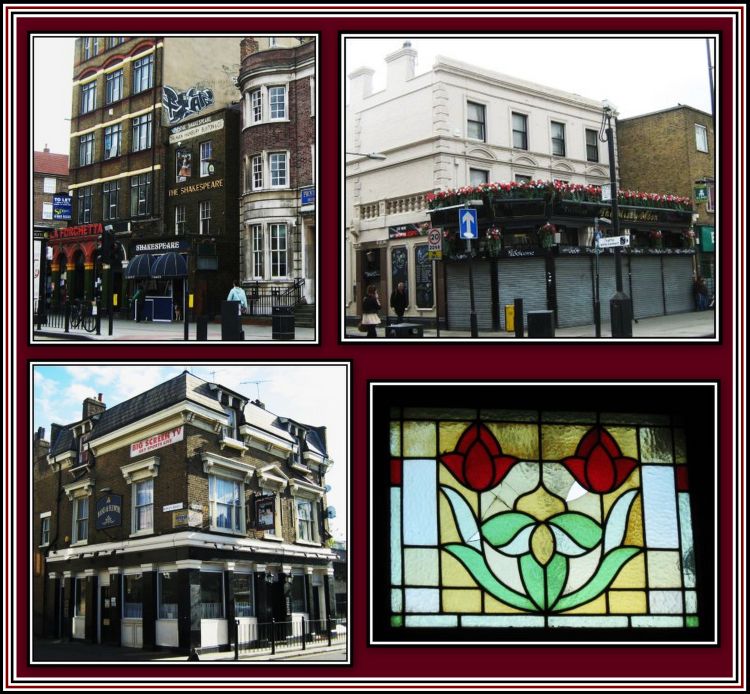 |
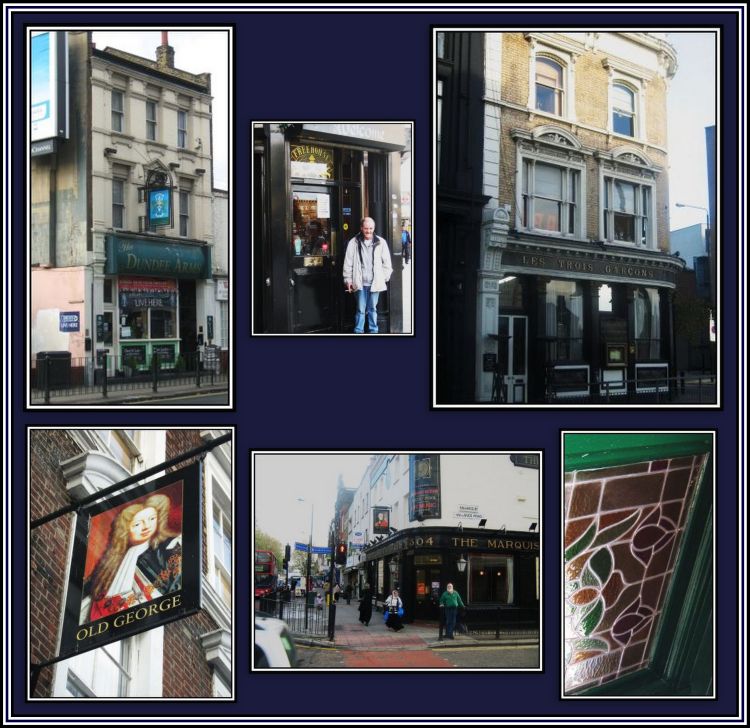 |
| Bethnal Green Public Houses |
| |
 |
 |
| Flats - Old & New |
| |
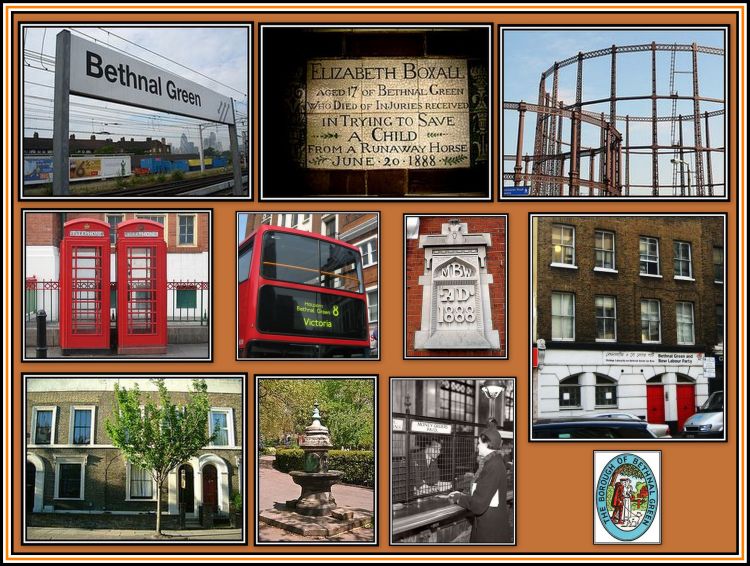 |
|